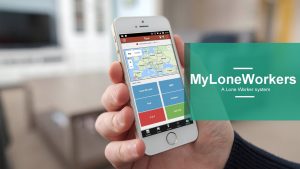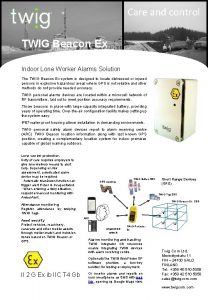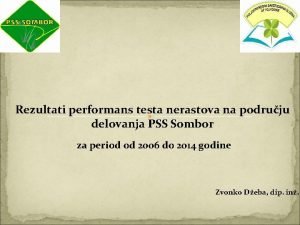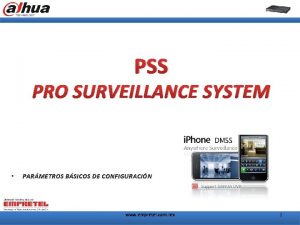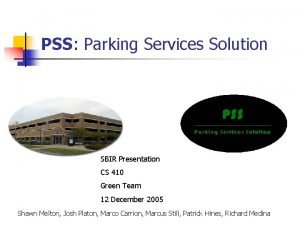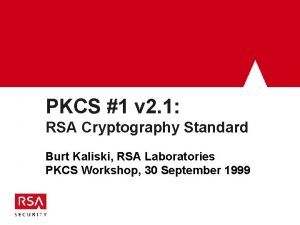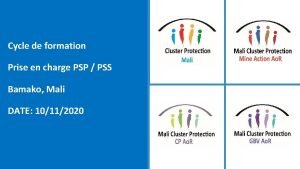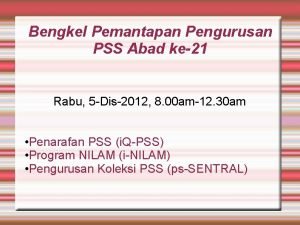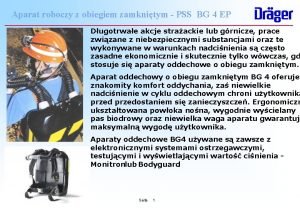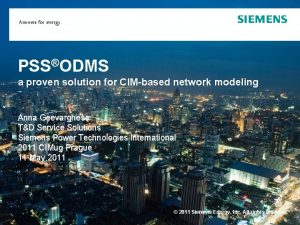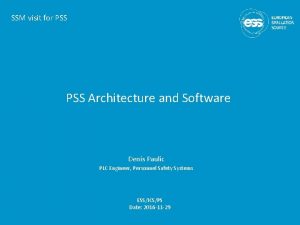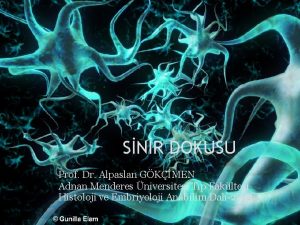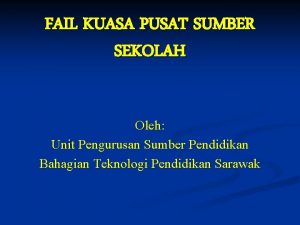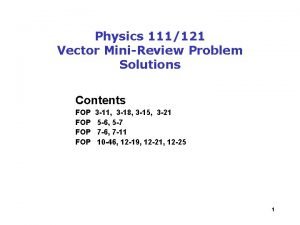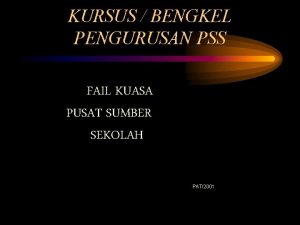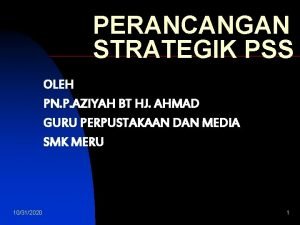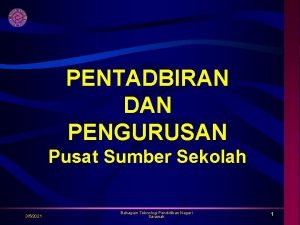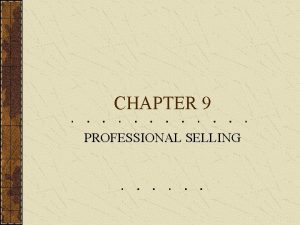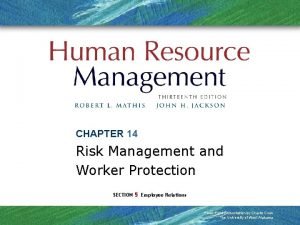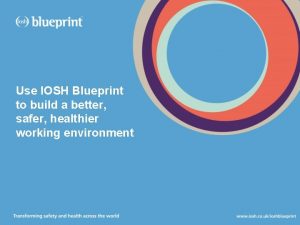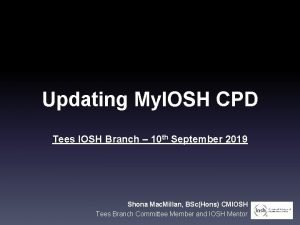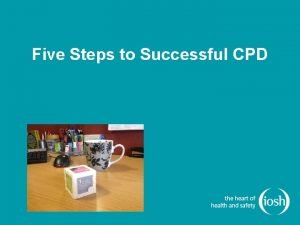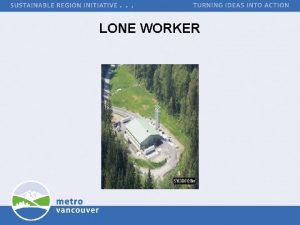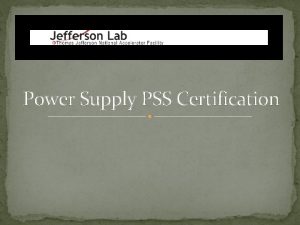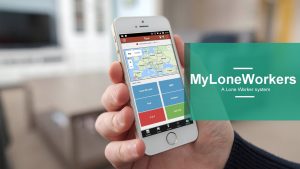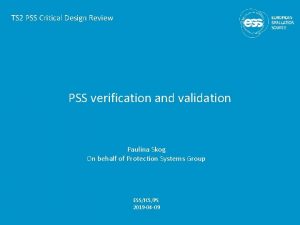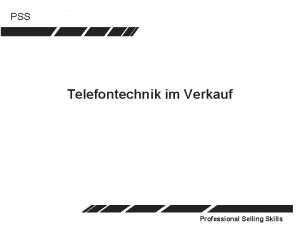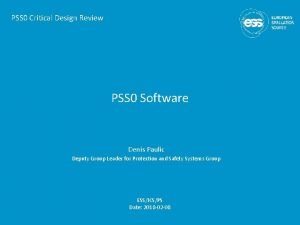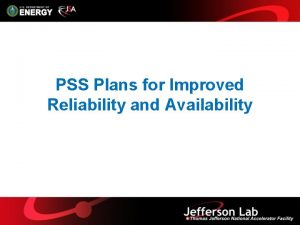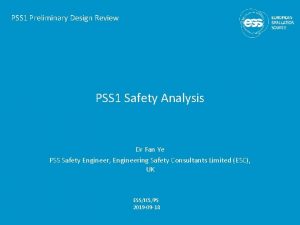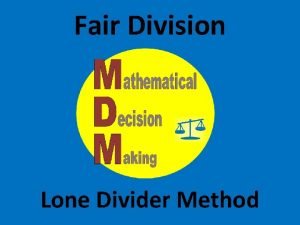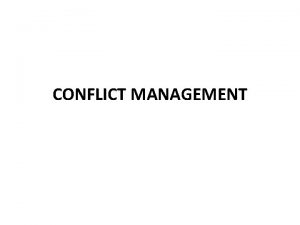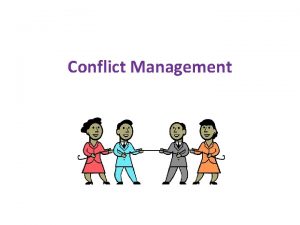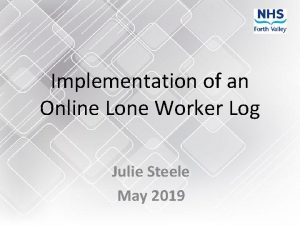Lone Worker Conflict Management Seminar IOSH PSS 121113













































- Slides: 45

Lone Worker & Conflict Management Seminar IOSH PSS 12/11/13 Manchester & NW © Maybo Ltd 2006 0

© Maybo Ltd 2006 1

Agenda Part 1: § Effective conflict and violence reduction strategies…. and the overrated! § Lone worker safety Part 2: § Is your training ‘Fit for Purpose' § Getting better outcomes and value through innovative blended learning approaches © Maybo Ltd 2006 2

Strategies: Work related violence A brief history… Life according to Brian © Maybo Ltd 2006 3

Work related violence: Brief History 2000 – 2005 Foundations laid: National Occupational Standards l ‘Zero Tolerance’ Regulatory CM/CRT for NHS & Security l PPE l Suite of Qualifications, C&G etc. l l © Maybo Ltd 2006 4

Work related violence: Brief History 2005 – 2013 Strategic Approach: Public Health Model Organisational ‘multi element strategy’ l Violence Reduction Degree! l Technology ‘solutions’ l Case Law l l © Maybo Ltd 2006 5

Diverse Needs Different services present within this room…. . each with different challenges and needs!? © Maybo Ltd 2006 6

Multi Strategy Approach Complex problems require sophisticated solutions © Maybo Ltd 2006 7

WHO Public Health Model Violence can be complex and unpredictable requiring an organisational response Proactive & Reactive Strategies © Maybo Ltd 2006 8

Tertiary RE AC TI VE A Strategy Operating at 3 levels PR O- AC TI V E Secondary Primary © Maybo Ltd 2006 9

Control Measures Primary Controls e. g. Sufficient & capable staff, leadership & supervision, suitable environment, high service standards & client engagement Secondary Controls e. g. Developing staff skills in anticipating and defusing conflict situations Tertiary Controls e. g. Clear policies & procedures for emergency scenarios and use of intervention, review incidents & practices, train & rehearse, promote a learning culture & positive values © Maybo Ltd 2006 10

Overrated responses: Room 101’ ? © Maybo Ltd 2006 11

Overrated responses: Room 101’ ? § Zero tolerance campaigns: § Helped raise awareness i. e. ‘not part of job’ § Risk of rhetoric ‘posters in place of strategy’ § Adversarial – them & us § Generic ‘sheep dip’ training § PPE & equipment people never use e. g. Screech alarms! © Maybo Ltd 2006 12

Positive Outcomes § Need to focus less on inputs – more on outcomes: § Positive outcomes for staff and service users e. g. fewer assaults + restraints § Safer environments for all § Improved staff confidence and performance § Better experience for service users § Reduced organisational risk © Maybo Ltd 2006 13

Positive Outcomes Require an organisational commitment where training forms one part of a Multi-element strategy © Maybo Ltd 2006 14

Doom Scenario? © Maybo Ltd 2006 15

Training as part of a Multi-Element Strategy Training is just one important element of an effective strategy to reduce incidents/assaults/restraints These elements are interdependent and will deliver measurable and lasting improvements Maybo has identified 8 core elements of an effective strategy Model based on our 16 years experience working with employers and is broadly consistent with the research of Colton (2010) and Huckshorn (2003) © Maybo Ltd 2006 16

Training: One key element of strategy Desired Future Training Transition Strategy Current Reality © Maybo Ltd 2006 17

Maybo 8 Element Strategy Learning Culture Training Data Analysis Working Practices Staffing & Supervision Leadership Safer Place Service & Engagement Environment Baseline Maybo ‘ 8 Core Elements of Effective Strategy’ © Maybo Ltd 2006 18

FEATURES 8 Elements Commitment: ASteps’ priority led from ‘top‘ Clear responsibilities at each level Maybo’s ‘ 8 to Positive Outcomes Clear values, policy, goals & strategy Monitoring, systematic checks/audit 1 Leadership 2 Staffing & Supervision Recruiting the right staff (& trainers) Sufficiently qualified and competent Adequate staffing levels Workplace supervision & performance 3 Training Core role competencies met first Relevant & prevention focused Transfer supported by trainers/champions Maintenance & Evaluation 4 Environment Design & layout = fit for purpose Positive experience for service users Reduced triggers Adequate Security Measures 5 Service & Engagement Clear contract/role expectations as to staff response to predicted scenarios High standards of service delivery Address root causes & Incident reduction plans Behavioural risk assessment: Risks inherent in role, tasks and activities 6 Working Practices Awareness of risks and controls Embedding training & safe practices Following guidance & procedures Generating ideas & improvements 7 Data Analysis Quality data & analysis (hard & soft) Target undesired activity / staff behaviour ‘Positively competitive’ measures Informs practice & strategy 8 Learning Culture Recognises and values progress Drives workplace learning & support Debrief incidents & learn ‘no blame’ Learn with our clients – skill building © Maybo Ltd 2006 19

Lone working § What risks do your colleagues face when? § § Visiting homes Meeting service users Travelling Remote working © Maybo Ltd 2006 20

Lone working: Controls § Proactive e. g. § § Policy, guidance & training in place Risk assessed activities & controls Lone worker communications & supervision Effective planning, preparation & checks § Reactive e. g. © Maybo Ltd 2006 § Clear incident & post incident procedures, communications & escalation § Rehearsal & monitoring 21

Lone Worker Training Content & Methods in Part 2 © Maybo Ltd 2006 22

© Maybo Ltd 2006 23

Part 2 Delivering Effective Training © Maybo Ltd 2006 24

Effective Training = For training to deliver operational outcomes it must address proactive and reactive strategies and be: Fit for Purpose: Directly relevant to risks & needs i. e. policy, context, behaviours & activities Delivered as intended: Highest quality accessible resources, professionally delivered Transferred to the workplace: Integrated & supports positive behaviour change Maintained: Followed up, evaluated & embedded into practice for tangible outcomes © Maybo Ltd 2006 25

Maybo 4 Stage Effective Training Model Safer Place Training 4. Maintenance 3. Transfer 2. Delivery 1. Needs Review & Design Baseline © Maybo Ltd 2006 26

Output Focussed & Evaluated Safer Place L 3 & L 4 4. Maintenance Kirkpatrick 3. Transfer L 1 & L 2 Output 4: Sustained Change & Results 2. Delivery 1. Needs Review & Design Baseline Output 3: Workplace Integration Output 2: High Quality Delivery Output 1: Fit for Purpose Training © Maybo Ltd 2006 27

Assessing Training Needs Regulatory & Sector Guidance Risk Assessment, Incidents & Trends Likely Conflict / Risk Scenarios Identifying the gap/need Service User Considerations Specific Tasks/Activities Performed Policy & Role Expectations © Maybo Ltd 2006 28

Levels of Training § Conflict & Personal Safety Awareness § Conflict Management Skills § Challenging Behaviour § Physical Intervention © Maybo Ltd 2006 29

Physical Skills Training in physical skills is required for certain roles and settings and can cover: Ø Disengagement (defensive skills) Ø Physical intervention (non restrictive & restrictive): § Guiding and escorting § Holding skills (standing) § Advanced holding skills Skills should be non aggressive and low arousal © Maybo Ltd 2006 30

Lone worker Training Induction (e. Learning, Coaching, Briefings): § Familiar with policy, guidance & equipment § Aware of specific risks in their role & activities § Personal safety/crime awareness - travel etc. Training (Practical scenario based & case study): § Planning, preparation & prevention § Dynamic risk assessment, Handling conflict situations, Positioning & Exit strategies § Rehearsal © Maybo Ltd 2006 31

Incident & Post Incident Considerations Training for key managers: ‘test of leadership’ § Risk Reduction § Incident Management § Post Incident Support: § ‘Immediate Needs Check’ § Follow up / return to confidence & work § Learning Reviews © Maybo Ltd 2006 32

Post Incident Support Victim Support Services Line Manager Specialist Help Professional Counselling & Support Facilitates: Immediate Peer support Return to work help On-going workplace support Support to family etc. Psychological & Psychiatric © Maybo Ltd 2006 33

Blended Learning © Maybo Ltd 2006 34

Blended Learning Flexible, cost effective use of: § Self study e. g. Online / ELearning § Tool box training ‘Flip overs’ § Training workshops § Coaching and mentoring § Structured practice © Maybo Ltd 2006 35

Blended Learning § Examples & demonstrations § Audience examples § Questions © Maybo Ltd 2006 36

Thank you mike@maybo. com www. maybo. com © Maybo Ltd 2006 37

Appendices © Maybo Ltd 2006 38

© Maybo Ltd 2006 39

Maybo 4 Stage Effective Training Model Step 1: Needs Review & Design Step 2: Delivery Step 3: Transfer Step 4: Maintenance © Maybo Ltd 2006 40

Maybo areas of influence and concern Circle of Influence: Product Integrity Trainer Competence Maybo Staff/Trainers Resources Advice & Guidance Influence Concern Circle of Concern: Adoption in workplace Selection & supervision of client in-house trainers Internal buy-in & support Sharing of information © Maybo Ltd 2006 41

FEATURES - Safer. Care 8 Elements Commitment: A priority led fromto ‘top‘ Positive Valuing of service users & staff Maybo’s ‘ 8 Steps’ Outcomes Sets direction/goals, strategy & responsibilities Monitoring, systematic checks/audit, QA 1 Leadership 2 Staffing & Supervision Recruiting the right staff (& trainers) Ensuring adequate staffing levels Respectful & supportive to staff Supervision – no compromise on standards 3 Training Core role competencies met first Relevant & prevention focused Transfer supported by local champions Workplace maintenance & evaluation 4 Environment Design & layout = fit for purpose Positive experience for service users & staff Reduced hazards & triggers Adequate Security Measures 5 Service & Engagement Person centred with positive lifestyle outcomes Embraces functional assessment & PBS Good programme structure & skills building Individual behaviour risk assessment Vulnerability & restraint reduction plans Involves service users, families & staff 6 Working Practices Awareness of risks and controls Embedding training & safe practices Clear crisis management strategies Staff consultation & input 7 Data Analysis Quality data & analysis (hard & soft) Target risk behaviours (of both clients & staff) ‘Positively competitive’ measures Informs practise & strategy 8 Learning Culture Recognises & values progress Promotes reflection & workplace learning Debrief & learn from incidents ‘no blame’ Learn with our clients – skills building © Maybo Ltd 2006 42

Interdependent – 8 Elements Safer Place Culture Maintenance Training Staffing Leadership Transfer Data Analysis Delivery Needs Review & Design Service & Engagement Working Practices Environment Baseline © Maybo Ltd 2006 43

Output Focussed & Evaluated Safer Place L 3 & L 4 4. Maintenance Kirkpatrick 3. Transfer L 1 & L 2 Output 4: Sustained Change & Results 2. Delivery 1. Needs Review & Design Baseline Output 3: Workplace Integration Output 2: High Quality Delivery Output 1: Fit for Purpose Training © Maybo Ltd 2006 44
 Lone worker systeem
Lone worker systeem Twig beacon
Twig beacon Lone worker statistics
Lone worker statistics Is a family support worker a social worker
Is a family support worker a social worker Conflict management seminar
Conflict management seminar Pss skabelon
Pss skabelon Rsa signature
Rsa signature Pss rezultati
Pss rezultati Pss pro surveillance system
Pss pro surveillance system Problem statement for car parking system
Problem statement for car parking system Pss institut tamiš pančevo
Pss institut tamiš pančevo Pss circle of care
Pss circle of care Pkcs vs pss
Pkcs vs pss Pss formation
Pss formation Ps sentral tarantula
Ps sentral tarantula Aparat bg4 dane techniczne
Aparat bg4 dane techniczne Pss odms
Pss odms Plc software architecture
Plc software architecture Dendritik hücre çeşitleri
Dendritik hücre çeşitleri Ikon pss
Ikon pss Fail kuasa pss 2021
Fail kuasa pss 2021 Vector physics problems and solutions
Vector physics problems and solutions Cisco pss
Cisco pss Fail kuasa pss abad 21
Fail kuasa pss abad 21 Pss kikinda
Pss kikinda Pelan strategik pss 2021
Pelan strategik pss 2021 Pengurusan kewangan pusat sumber sekolah
Pengurusan kewangan pusat sumber sekolah Science olympiad astronomy
Science olympiad astronomy The trend in professional selling today is
The trend in professional selling today is Risk management and worker protection
Risk management and worker protection Iosh blueprint
Iosh blueprint Iosh ipd examples
Iosh ipd examples Iosh training essex
Iosh training essex Iosh edinburgh
Iosh edinburgh Initial professional development
Initial professional development Iosh mentoring
Iosh mentoring Tabitha cave
Tabitha cave Iosh
Iosh My iosh cpd
My iosh cpd Iclear cpd
Iclear cpd Iosh cpd development plan
Iosh cpd development plan Iosh midlands
Iosh midlands Green world group nebosh
Green world group nebosh What is external conflict
What is external conflict What is conflict and conflict resolution?
What is conflict and conflict resolution? Internal conflict definition
Internal conflict definition
